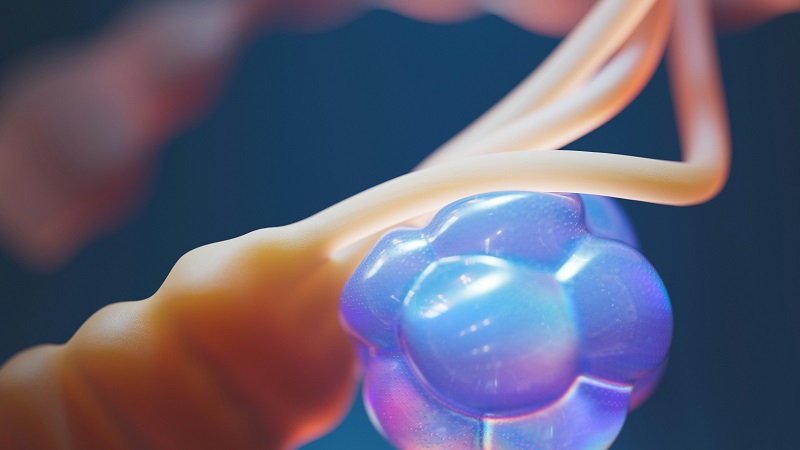Introduction
In the world of science, understanding the structure of matter is crucial for unraveling the mysteries of the universe. From the smallest atoms to complex molecules, the arrangement of atoms in a crystal lattice holds the key to understanding the properties and behavior of materials. Electron crystallography, a powerful technique that combines the principles of crystallography and electron microscopy, has revolutionized our ability to visualize and analyze the atomic structure of crystals. In this blog post, we will explore the fascinating world of electron crystallography and its impact on various scientific disciplines.
The Basics of Crystallography
Before diving into the intricacies of electron crystallography, let’s first understand the fundamentals of crystallography. Crystals are solid materials with a regular, repeating arrangement of atoms, ions, or molecules. The study of crystals and their structures is known as crystallography. X-ray crystallography, the most well-known technique in this field, uses X-rays to determine the arrangement of atoms in a crystal lattice. However, X ray crystallography has its limitations, especially when it comes to studying small crystals or those with complex structures.
Enter Electron Crystallography
Electron crystallography, on the other hand, utilizes high-energy electron beams instead of X-rays to probe the atomic structure of crystals. This technique overcomes many of the limitations of X-ray crystallography and has opened up new avenues for studying a wide range of materials. Electron beams have a much shorter wavelength than X-rays, allowing for higher resolution imaging and analysis. Moreover, electrons interact more strongly with matter, making electron crystallography suitable for studying small crystals, nanomaterials, and even biological macromolecules.
The Role of Electron Microscopy
To understand how electron crystallography works, we need to delve into the world of electron microscopy. Electron microscopes use a beam of electrons instead of light to magnify and visualize samples. In transmission electron microscopy (TEM), a thin sample is bombarded with a beam of electrons, and the transmitted electrons are collected to form an image. In electron crystallography, the sample is a crystal, and the diffraction pattern produced by the interaction of the electron beam with the crystal is used to determine its atomic structure.
Diffraction and Fourier Transform
The diffraction pattern obtained in electron crystallography is similar to that in X-ray crystallography. When the electron beam interacts with the crystal lattice, it scatters in different directions, creating a pattern of bright spots known as a diffraction pattern. This pattern contains information about the arrangement of atoms in the crystal. By analyzing the diffraction pattern using mathematical techniques such as Fourier transform, scientists can reconstruct the electron density map of the crystal, revealing the positions of the atoms.
